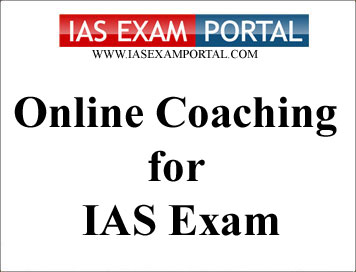(HOT) UPSC Current Affairs 2025 PDF
NEW! The Gist (NOV-2025) | E-BOOKS
(Sample Material) CSAT Online Coaching : Interpersonal Skills "Part - 2"
Sample Material of Our Online Coaching Programme
Subject: Interpersonal Skills
Topic: Interpersonal Skills Part - 2
1.The aim of a party political broadcast on television is to get the members of the audience to vote for their party. If, however, viewers watch the broadcast but do not agree with the communicator’s conclusions, which aspect of McGuire’s (1969, 1985) information processing model of persuasion would be said to have failed?
(a) Attention
(b) Comprehension
(c) Yielding
(d) Retention.
2.The cognitive response model of persuasion
(a) attempted to explain the absence of a correlation between argument recall
and attitude change.
(b) emphasizes that it is the reception of arguments which mediates attitude
change.
(c) claims that messages can persuade even if they evoke predominantly
unfavourable thoughts.
(d) assumes that the impact of persuasion variables on attitude change
depends on the extent to which they facilitate argument reception.
3.Petty et al. (1976) found that the impact of distraction on attitude change should depend on the favourability of the thoughts produced by a message: if these dominant thoughts are mainly unfavorable, distraction should enhance persuasion; however, for messages which elicit predominantly favorable thoughts, distraction should work to inhibit persuasion. Which theory does this support ?
(a) The cognitive response model.
(b) The elaboration likelihood model.
(c) The heuristic-systematic model.
(d) The information processing model.
4. A computer salesperson is giving your friend Sushant a highly technical speech about the advantages of a top-of-the- range computer he is trying to sell, but Sushant really doesn’t understand a word of this technical language; and besides, he has to run off for a dentist’s appointment in five minutes’ time. As a result, Sushant loses interest in the idea. Sushant evaluation likelihood in this situation would be low because of a lack of
(a) processing ability.
(b) processing motivation.
(c) Both (a) and (b)
(d) Neither (a) nor (b)


